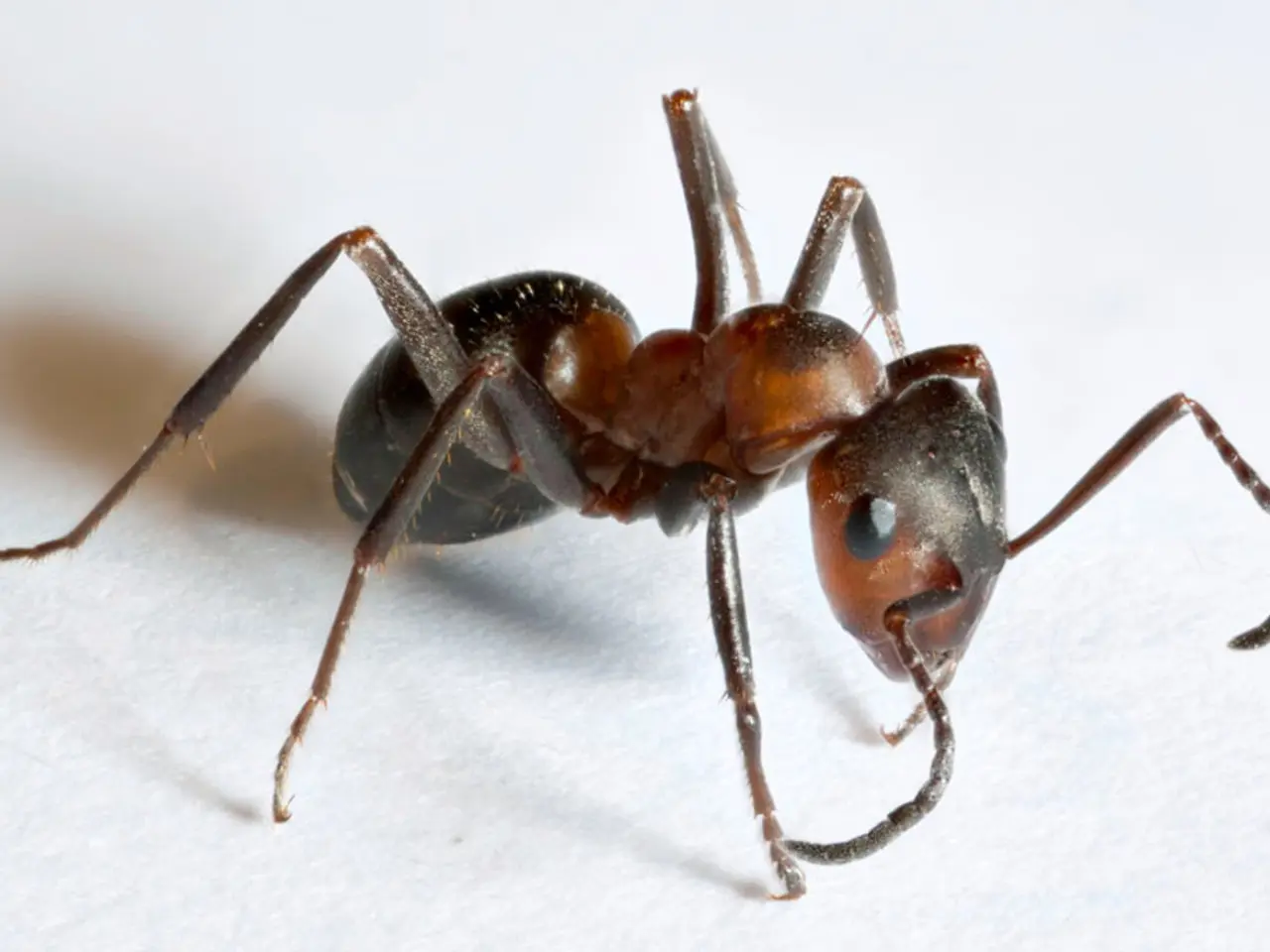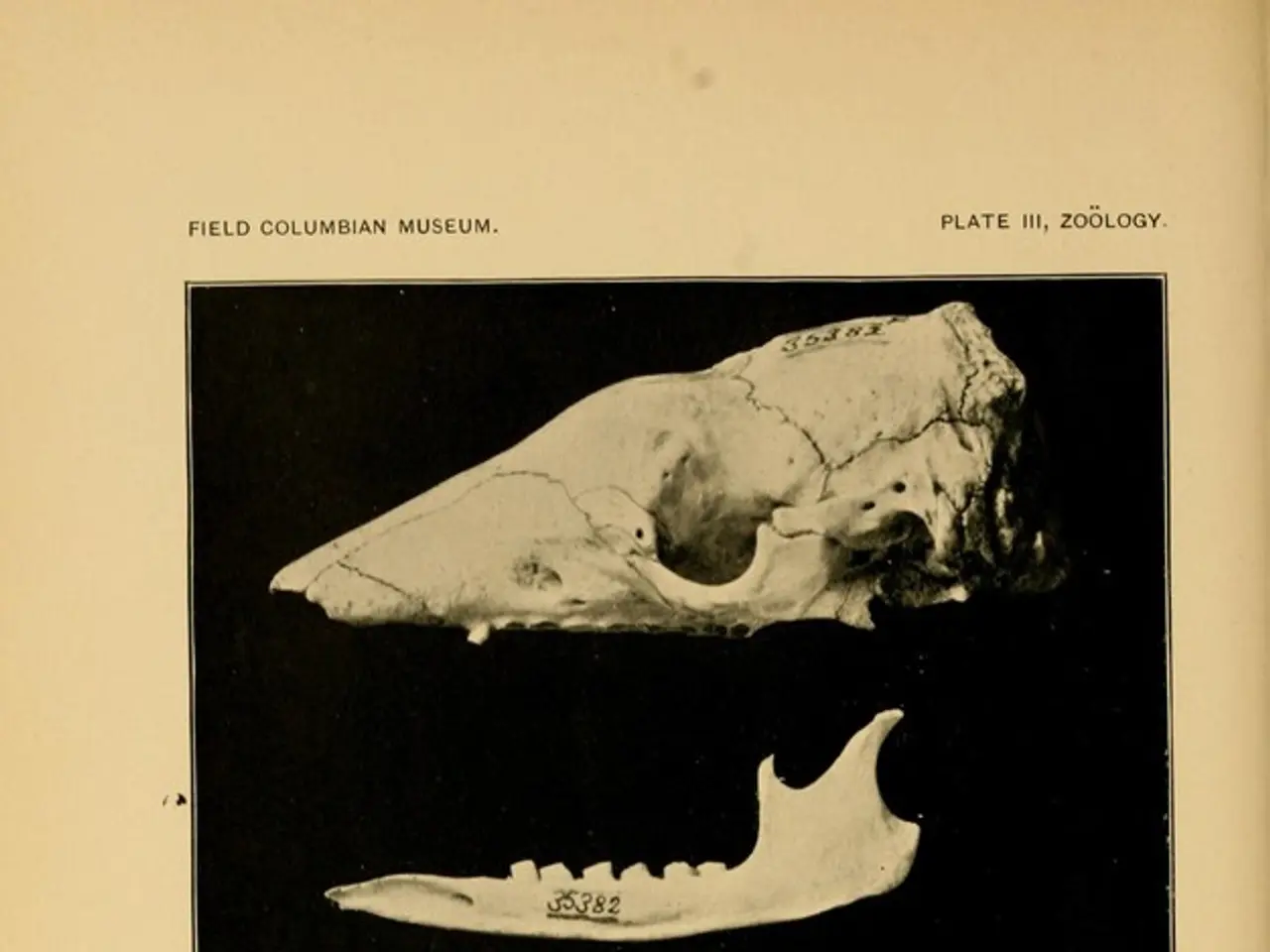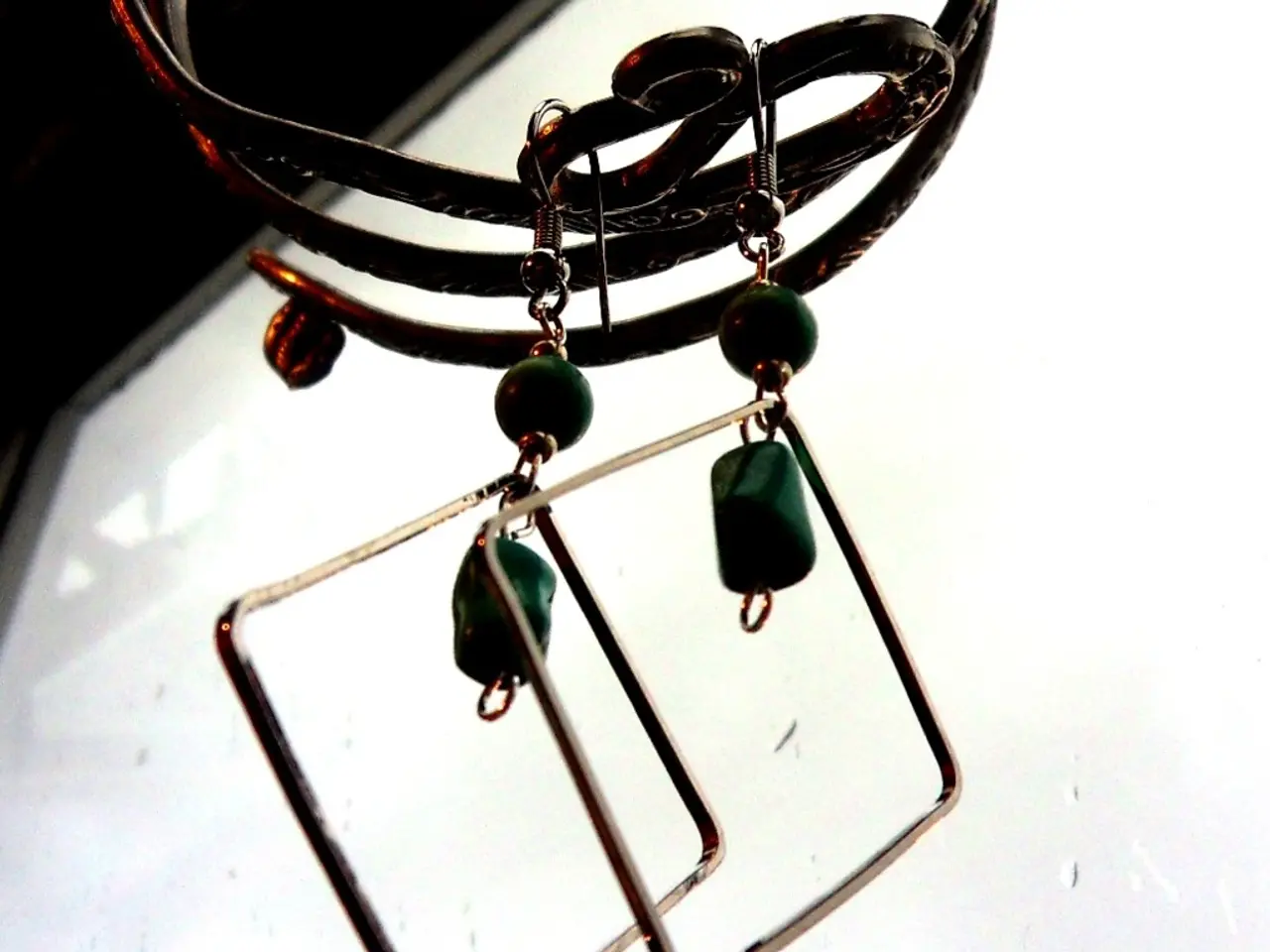Swift Spread of Aggressive Asian Needle Ants: Learn Expert Tips to Prevent These Pesky Critters from Ruining Your Summer Enjoyment
In recent years, a new pest has been causing concern for homeowners across the Eastern United States - the Asian needle ant (Brachyponera chinensis). Known for their acutely painful stings and hidden habitats, these ants can pose medical risks such as anaphylaxis, with symptoms including fever, nausea, airway constriction, and trouble breathing.
To effectively control Asian needle ants outdoors, a combination of prevention, detection, and targeted treatments is essential.
### Prevention and Preparation
Eliminating nesting sites is the first step in preventing an infestation. Keeping the yard clean by removing debris like leaf litter, stones, and woodpiles can discourage these ants from making your property their home. Sealing entry points around windows, doors, and foundations with caulk can also prevent ants from entering your home. Reducing food sources by cleaning up spills and storing food in airtight containers is another important measure. Lastly, addressing standing water issues and fixing leaky faucets can make the environment less conducive to ant activity.
### Detection and Treatment
Asian needle ants are most active during early morning and late afternoon, so it's best to inspect for them during these times, especially in shady, damp areas where they are likely to nest.
When it comes to treatment, targeted baiting using non-repellent, slow-acting baits can be effective. These baits are brought back to the nest by worker ants, spreading the bait to the queen and other members. However, this method may not completely eradicate large supercolonies.
Residual insecticides applied to high-traffic areas create a long-lasting barrier that deters future ant activity. Another option is urban population control, which involves limiting mulch and plant proximity to structures to help manage ant populations around buildings.
Research into natural predators like Pseudacteon flies, which are currently used for fire ant control, might provide future solutions for Asian needle ant control.
### Considerations
Given the supercolony structure of Asian needle ants, early detection and management are crucial. While baits can be effective, they may not always be successful due to the ants' unique biology and behavior.
Asian needle ants are native to areas of China, Japan, and Korea, and were introduced in the 1930s. They have shiny black or dark brown bodies with orange or light brown tips on their antennae and legs.
Emma Grace, an entomologist and science communicator based in New York, advises moving wood piles away from the home to reduce the likelihood of Asian needle ants invading. These ants tend to establish their colonies in wood habitats such as firewood piles, old tree bark, wood chips, and leaf litter.
To further manage Asian needle ant populations, Emma Grace recommends controlling other pests and keeping trash areas tidy and secure. With changing weather patterns throughout the US, more places are becoming suitable for Asian needle ants to establish themselves.
For those preferring a more natural approach, there is an ant killer product available that is a broad-spectrum insecticide developed to provide quick, easy, and long-lasting ant control. It is suitable for both indoor and outdoor use and is pet-friendly.
In conclusion, while Asian needle ants can be challenging to fully eradicate, with the right strategies and early detection, their spread can be managed effectively.
A holistic approach to health-and-wellness and fitness-and-exercise might include adding regular outdoor activities like sports such as mixed-martial-arts to one's routine, as these can help maintain a healthy lifestyle and boost immunity, potentially strengthening body's resistance to anaphylactic reactions from stings like those of Asian needle ants.
Given the shared interest in understanding and managing invasive species like Asian needle ants, those passionate about mixed-martial-arts might find research into natural predators like Pseudacteon flies, currently used for fire ant control, intriguing and relevant to their hobby, providing a unique blends of science, health-and-wellness, and fitness-and-exercise.




